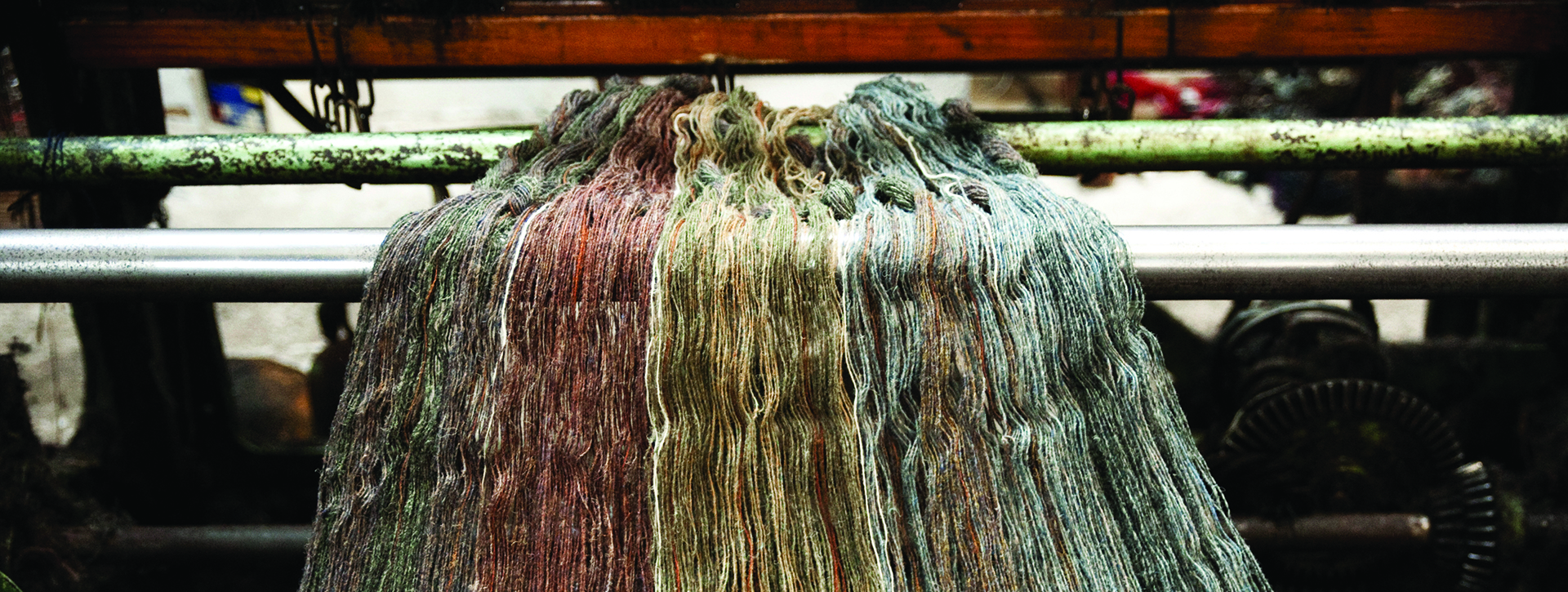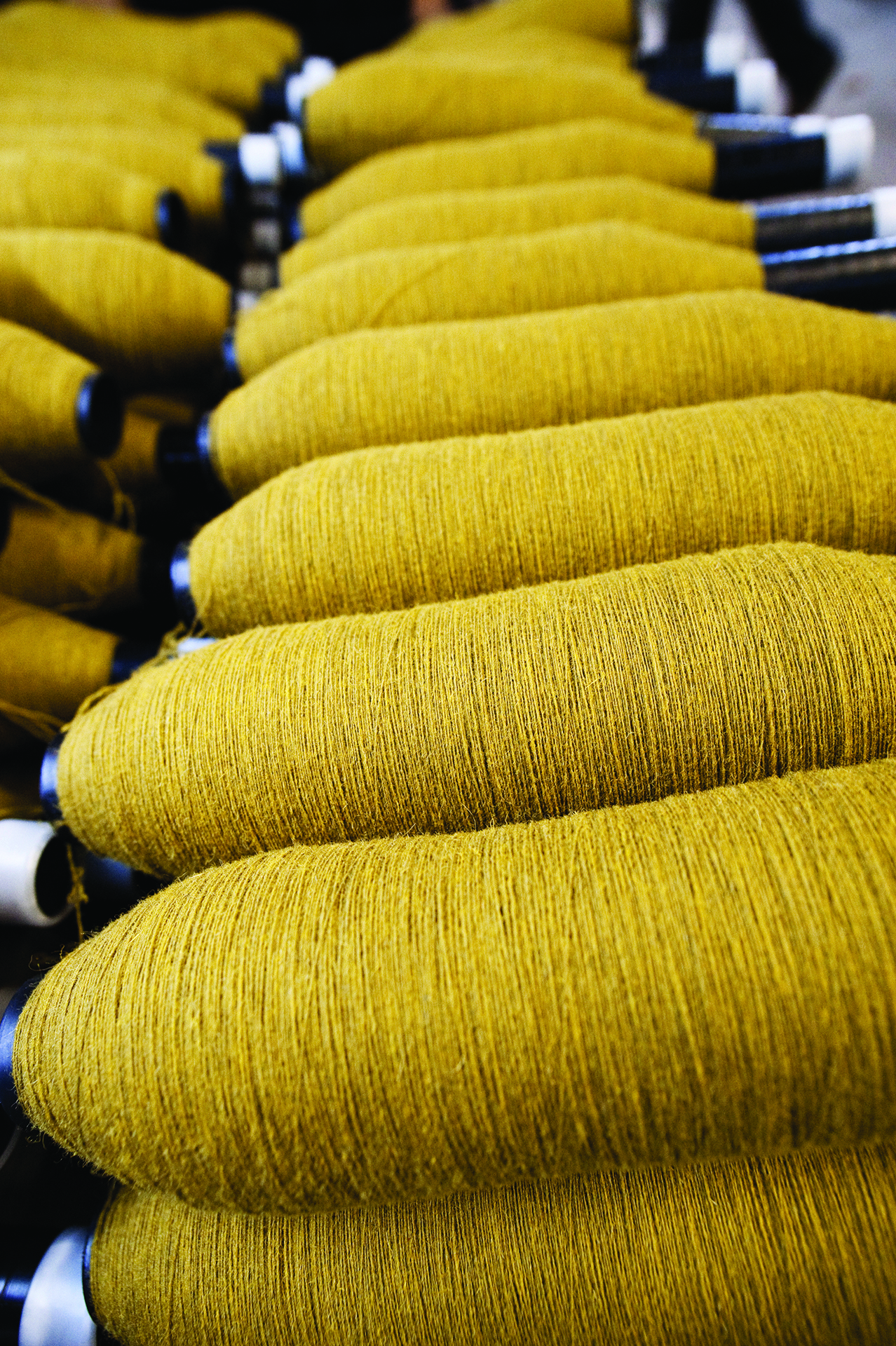Champion of Craft: Harris Tweed Authority

As we celebrate individuals who master the materials they work with, the focus of Issue 02 of the Mohawk Maker Quarterly, we’re taking a closer look at the group of talented makers featured within.
Today we follow up with Harris Tweed Authority, protectors and promoters of Harris Tweed. Read on to learn more on how they master materials.
Harris Tweed Authority was originally featured in Issue 02 of the Mohawk Maker Quarterly. The Mohawk Maker Quarterly is a vehicle to support a community of like-minded makers. Content focuses on stories of small manufacturers, artisans, printers, designers, and artists who are making their way in the midst of the digital revolution. Learn more about the quarterly here.
Suggested Articles
As digital printing evolves from compromise to sophisticated tool—advances in color, texture, and fiber papers push the boundaries of what's possible.
In today's competitive marketplace, packaging plays a crucial role in brand perception and consumer satisfaction.
Mohawk Renewal marks a bold new chapter in our ongoing commitment to sustainability and innovation in papermaking.























